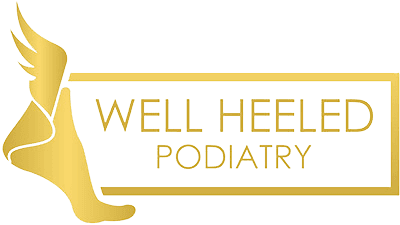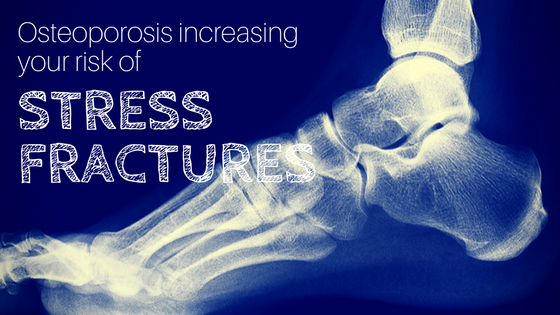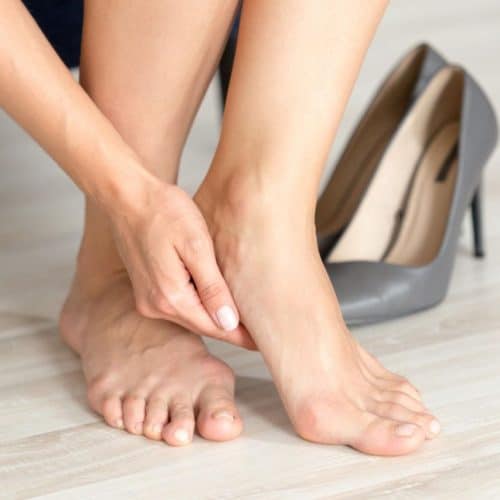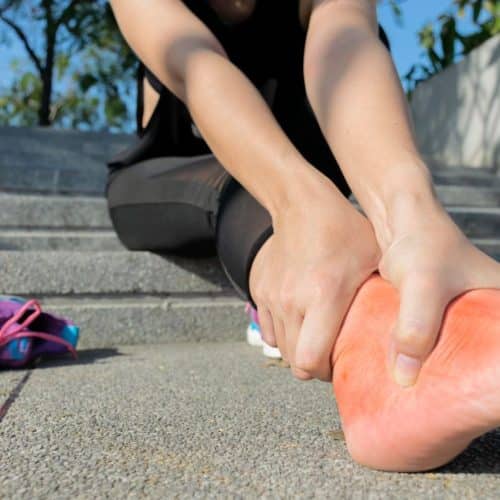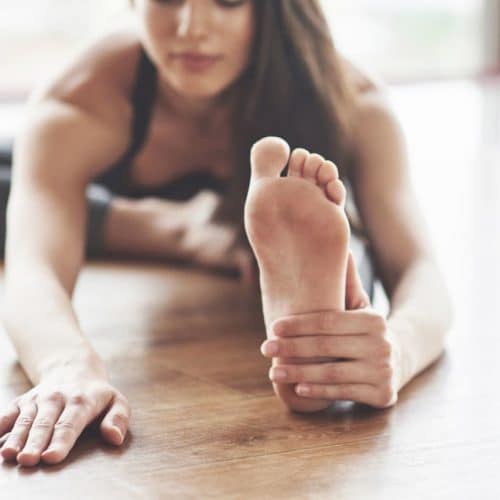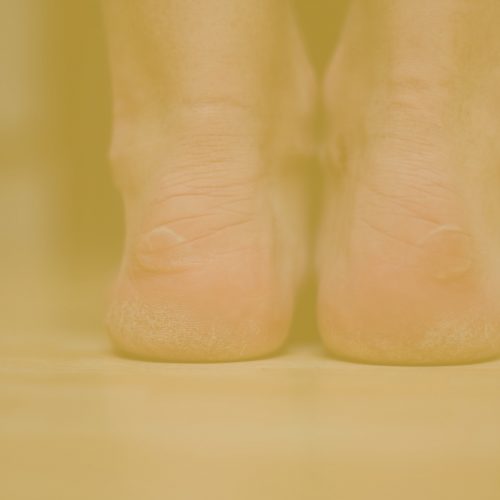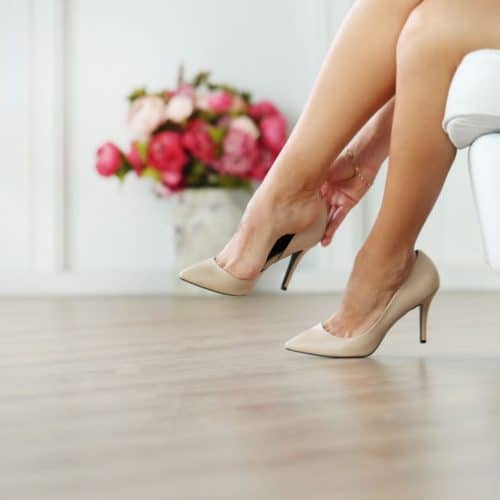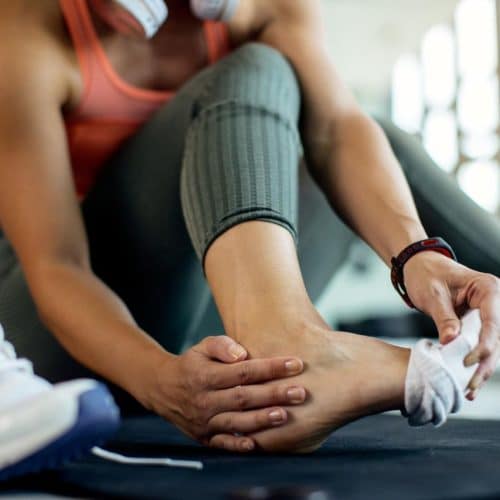The word osteoporosis literally means ‘porous bone’ and is a disease that effects the bones, making them weak, fragile and more likely to fracture.
Osteoporosis occurs when certain minerals, such as calcium in our bones is depleted. This low level causes reduced bone thickness, mass and density.
Around the age of 35, you start to gradually lose bone density. This is a normal part of ageing, but for some people it can lead to osteoporosis and an increased risk of Stress fractures.
A minor bump or fall can cause a stress fractures or a complete break in the bone, with 1 in 2 women and 1 in 3 men over 60 years having an osteoporosis fractures in Australia.
Osteoporosis is often undiagnosed, as there are usually no signs or symptoms until a fracture has occurred. This is a huge concern as Stress fractures if not managed correctly can lead to chronic pain, disability, loss of independence and even death.
How Does Osteoporosis Effect The feet?
This feet have to deal with a lot of stress from body weight, and forces from the ground. Therefore when our bones are not strong enough the risk of stress fractures are increased.
Increased levels of activity, abnormal foot function or poor footwear, such a hard soled shoes can cause further stress to the feet, resulting in stress fractures.
Causes of Osteoporosis:
There are many factors that can lead to bone loss and developing osteoporosis, these include;
- Genetics.
- Sex (female).
- Caucasian or Asian.
- Delayed puberty or early onset of menopause.
- Over 60 years of age.
- Rheumatoid arthritis, chronic liver disease or kidney failure.
- Medication to treat over-active thyroid or parathyroid glands.
- Male with low levels of testosterone.
- Long-term drug treatment with corticosteroids.
- Overweight and in-activity.
- Smoking.
- High alcohol consumption.
- Low body weight, small body build or eating disorder.
- Impaired calcium intake.
- Reduced vitamin D levels.
Diagnosis of Osteoporosis:
- Bone density scan.
- Blood test markers.
- History of Stress fractures and associated risk factors.
Treatment for Osteoporosis and Stress Fractures in the Feet:
- Medical treatment to increase bone density, such as calcium, vitamin D supplementation and hormone therapy.
- Specialised podiatry program to increase ankle proprioception and balance to reduce risk of falls.
- Customised Foot Orthotics to offload abnormal pressures in the feet, correct foot posture.
- Supportive footwear to minimise the risk of falls caused by unsuitable footwear.
- Strengthening exercises for the muscles in the legs and feet.
- Walking aids and devices to reduce the risk of falls if necessary.
At Well Heeled Podiatry we can manufacture customised foot orthoses to decrease pressure on plantar soles and help improve balance and stability. We will provide you with specific footwear education and exercise program to minimising falls and providing increased protection to the bones in the feet.
.

